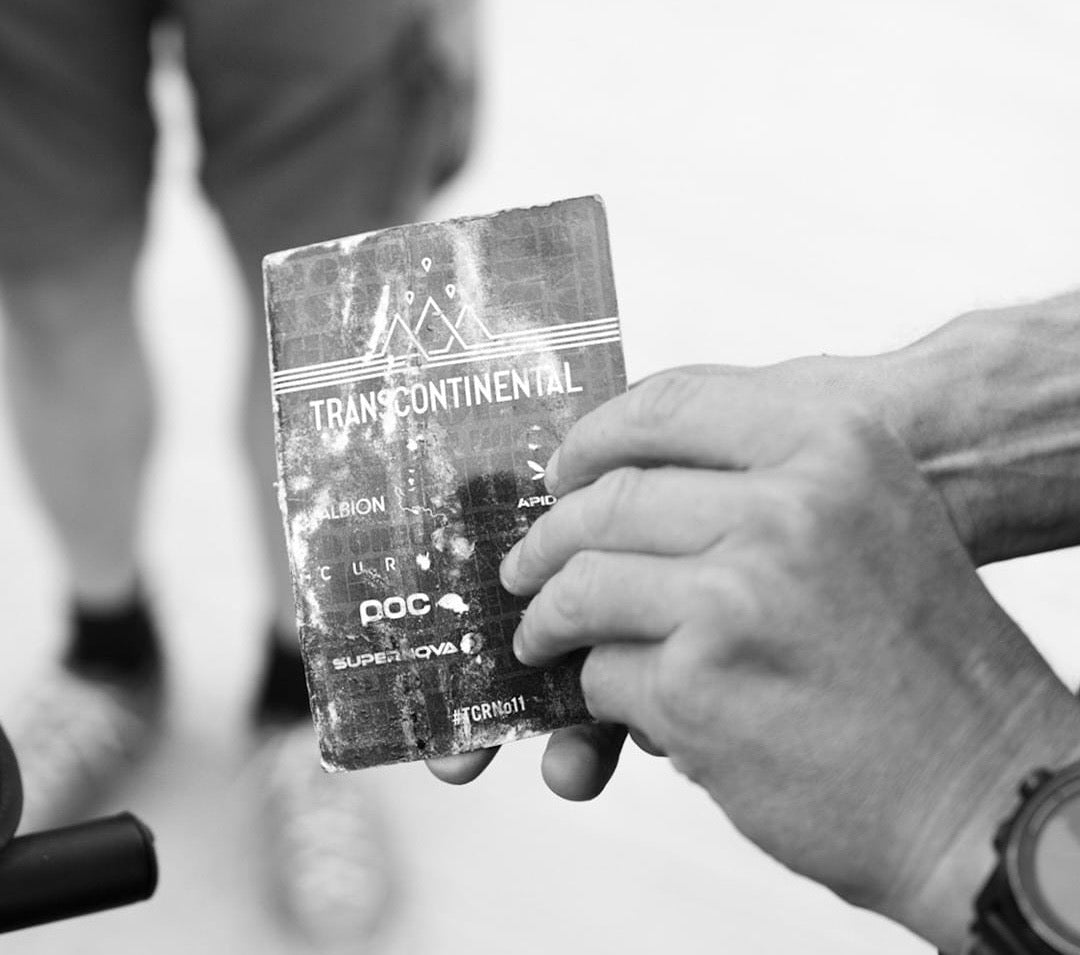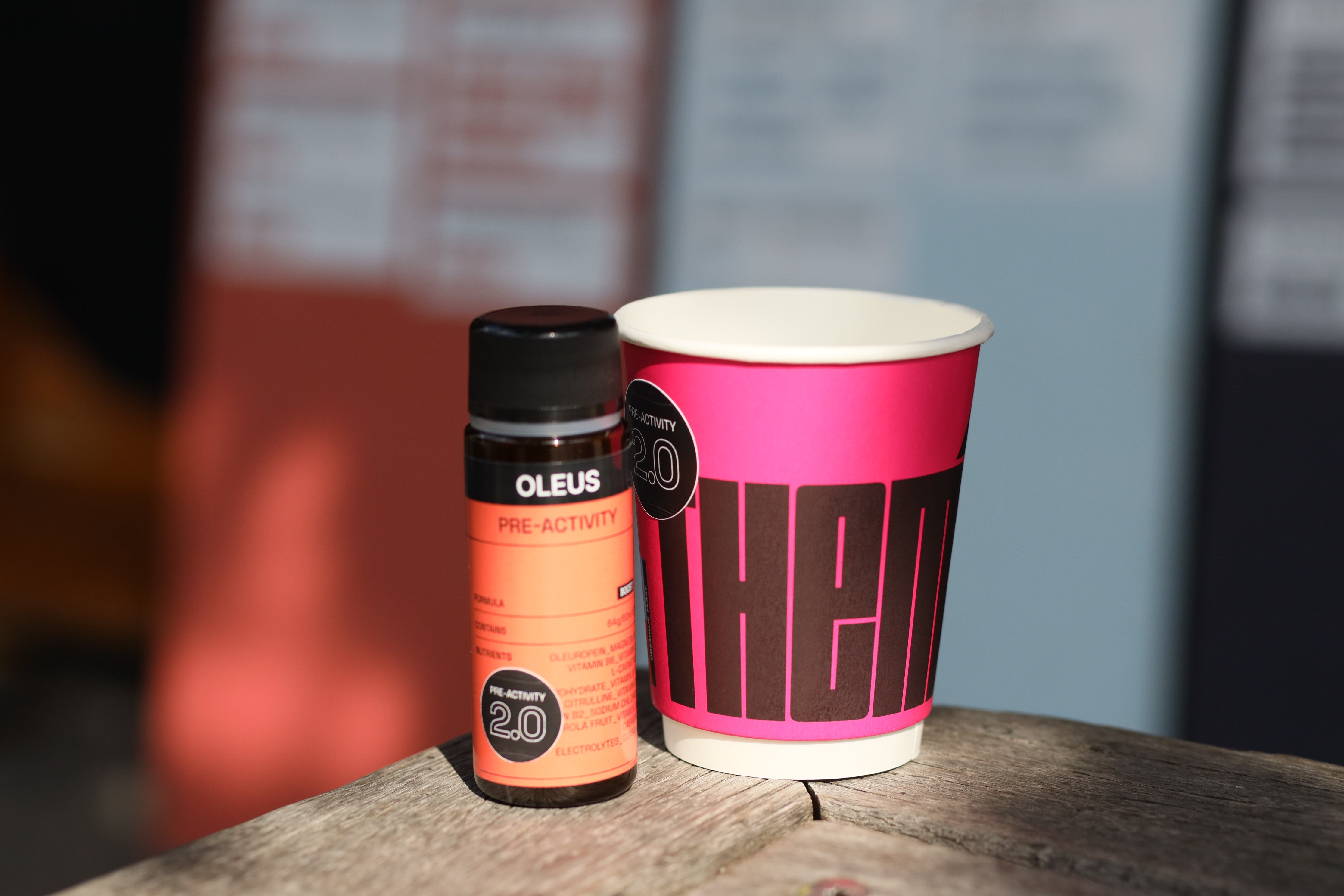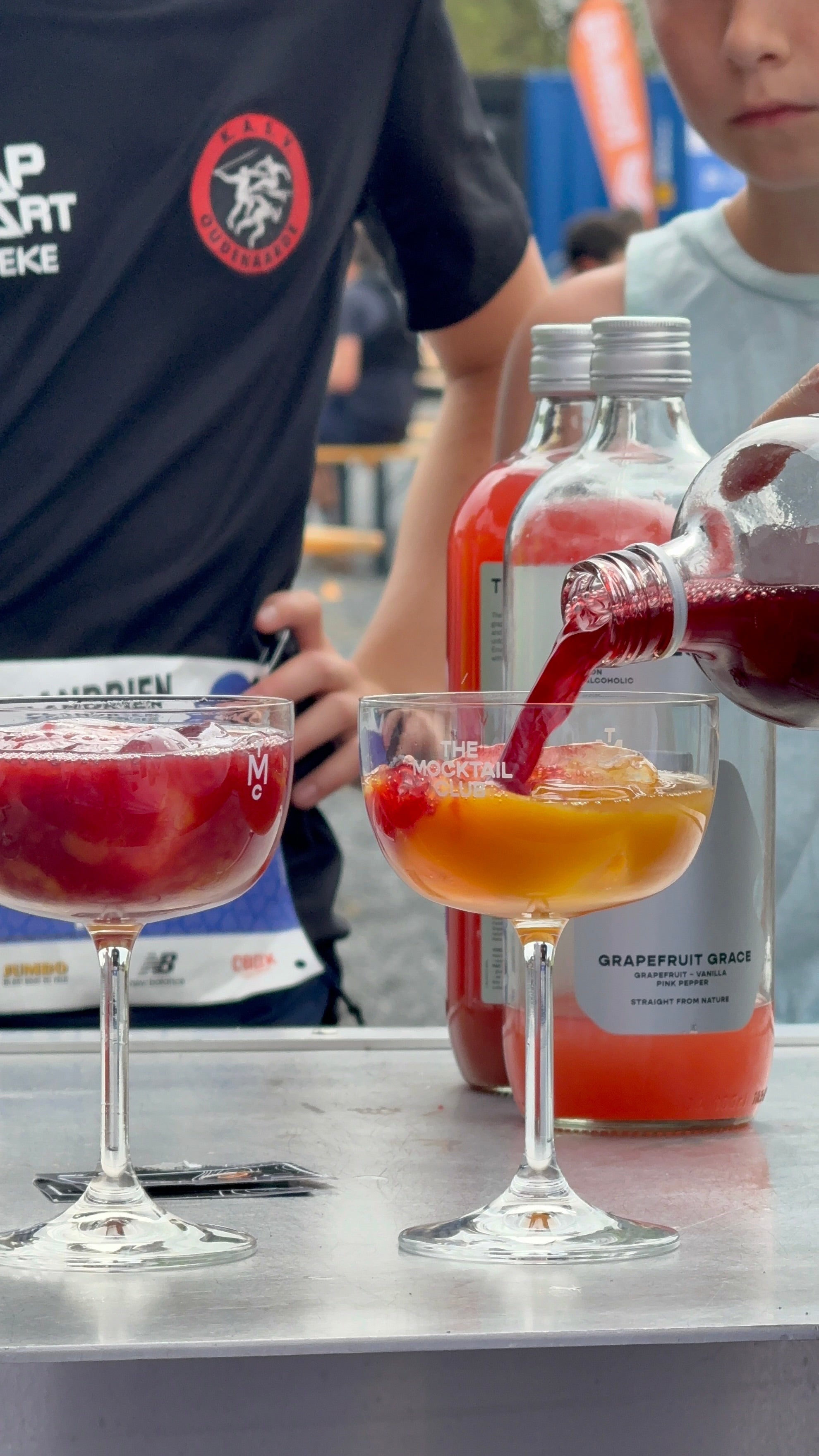So, you’ve signed up for your first 10K, decided to take on your first road cycling adventure, or simply want to build endurance for your morning run. Congratulations! Endurance training is one of the most rewarding fitness goals. That is, when it’s done right.
Push too hard too fast, and you risk injury, chronic fatigue, or all-out athlete burnout (yes, it’s a thing). So, how do you boost endurance safely without burning out?
In this guide, we’ll share five beginner-friendly tips to avoid overtraining, master post-workout recovery, and stay energised and motivated.
Ready to feel stronger? Let’s kick things off with some context.
What Is Athlete Burnout? Warning Signs, Causes, and Prevention
Endurance training places stress on your muscles, heart, and mind. Without adequate rest and recovery, that stress turns into breakdown, aka athlete burnout.
So, what exactly is athlete burnout?
Athlete burnout is a psychological and physical condition that develops when chronic training stress and competition outpace recovery. It shows up in three key ways:
-
Exhaustion: You feel physically and mentally drained, even after rest.
-
Sport devaluation: Motivation vanishes, and you may even get cynical about training.
-
Reduced sense of accomplishment: It starts to feel like your hard work isn’t paying off.
Common warning signs to look out for include:
-
Persistently elevated resting heart rate or sleep disturbances
-
Ongoing muscle soreness, increased injuries or illness
-
Irritability, mood swings, or lack of enthusiasm for training
Keeping recovery front and centre is the quickest way to dodge athlete burnout and stay on track toward your goals. Remember:
Training stress + insufficient recovery = performance decline
Armed with this formula, let’s explore five easy ways to boost your recovery game.
Training Tip 1: Start Slow to Build Endurance Safely
Many athletes looking to build endurance try to jump in too fast and end up sidelined.
Instead, follow the 10% rule: increase your total training volume (distance, duration, or intensity) by no more than 10% each week. This simple approach to training load management can prevent overuse injuries and keep your endurance training on track.
You can apply this rule to all types of endurance training, including running, cycling and even the weight used in strength training. For a quick demo of the 10% rule, check out the Runner’s World video below.
It’s important to note that the 10% is just a general rule of thumb. Listen to your body—if something feels off, dial back that extra 10% (more on that in tip 5).
Training Tip 2: Prioritise Recovery as Much as Training
Recovery is a non-negotiable for true endurance training success. Skip it, and your muscle fibres won’t repair, your energy stores won’t refill, and burnout becomes inevitable.
Here’s a quick breakdown to guide you through:
-
Rest days: Schedule at least one rest day per week to let your body fully recover.
-
Quality sleep: Get 7–9 hours of sleep nightly to boost muscle repair and rebuilding.
-
Stress management: Meditation and deep breathing calm the mind and boost recovery.
-
Active recovery: Low-intensity movement (e.g. walking, swimming) on off days boosts blood flow and eases soreness.
You can also consider targeted muscle recovery supplements. Think whey protein, omega-3s, and magnesium, to ease soreness, reduce inflammation, and speed up regeneration.
For a hassle-free option, try an OLEUS Recovery Shot post-workout. It’s packed with powerful antioxidants like oleuropein and acerola to combat oxidative stress; whey protein and BCAAs to accelerate muscle repair; and calcium and magnesium to restore muscle function.
Training Tip 3: Fuel for Endurance and Repair
What you eat matters as much as how you train. Think of food as fuel and repair material.
Carbs for energy
Fill your tank with whole grains (oats, brown rice), fruits (bananas, berries), and starchy veggies (sweet potatoes).
Protein for Repair
Choose lean meats, dairy, or legumes, and include a protein-rich snack within 60 minutes post-workout to help kickstart muscle rebuilding.
Fats for Hormones
Don’t shy away from nuts, seeds, avocado, or olive oil. Healthy fats support hormone balance and joint health.
Electrolytes and Hydration for Fluid Balance
Sweat isn’t just water. You lose sodium, potassium, and magnesium. Sip fluids regularly throughout the day, and include an electrolyte drink before and during long sessions.
Micronutrients for Resilience and Recovery
Support your energy production, immunity, and bone health as you train with micronutrients like vitamins B6, C, D and calcium. OLEUS Daily Shots are packed with the nutrients you need to support cell health⁷, boost mitochondrial fitness⁴, and optimise cellular performance.
For more nutrition and hydration tips, check out: How to eat during an ultra-trail? By Nicolas Dayez.
Training Tip 4: Cross-Train to Build Well-Rounded Endurance
Cross-training helps keep your mind sharp, prevents overuse injuries, and builds well-rounded endurance.
Here’s how to add variety without losing focus:
Cycling and Swimming for Low-Impact Endurance
These cardio options let you clock up miles without pounding joints, strengthening your heart and lungs while giving your legs a break from running.
Strength Sessions for Power and Support
Lift twice a week, focusing on core, glutes, and posterior chain. Strong hips and a stable midline mean better form, faster strides, and fewer aches.
Flexibility for Range and Recovery
Spend 5–10 minutes daily stretching or foam-rolling tight spots. Improved flexibility keeps you limber, reduces the risk of injury, and speeds up active recovery.
Last but not least, cross-training can help fight exercise boredom and mental fatigue, keeping your motivation high and helping you stick to your plan with a sharper, happier mind.
Training Tip 5: Listen to Your Body And Your Data
Tapping into body cues and performance data lets you spot fatigue early, adjust workouts on the fly, and maximise endurance gains.
Here’s how to integrate body awareness and data analysis:
-
Track key metrics: Use heart rate, pace, and Rate of Perceived Exertion (RPE) to gauge effort. If an “easy” day feels like a 9/10 on the RPE scale, dial it back.
-
Listen to your body: Notice fatigue, pain, or discomfort during workouts. These are your body’s red flags.
-
Notice warning signs: An elevated resting heart rate, persistent muscle soreness, or unusual fatigue often signal overtraining.
-
Adjust intensity and duration: Adapt your sessions based on how you feel. Swap hard workouts for easier rides or runs, or take a rest day when needed.
By blending body awareness with data-driven insights, you’ll avoid burnout, stay motivated, and keep your endurance gains on track.
Take Your Endurance to the Next Level
Building endurance is all about steady progress, balanced stress, and smart recovery. Follow these tips, and burnout doesn’t stand a chance.
Ready to level up? Explore OLEUS’s full lineup of science-backed performance and recovery shots to power every stage of your athletic journey.





